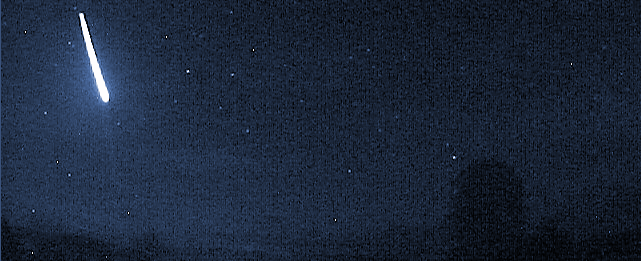
This weekend is being especially active in South Spain's skies as far as fireball are concerned. Besides the ones observed during nights of 16th and 17th, last early morning it has been possible observing a long and bright fireball flying on the skies of Albacete, Murcia and Alicante (Southeast Spain) at 04:41 UT (05:41 local time). This phenomena could be registered from SMART Proyect's detector operated at Calar Alto (Almería), La Hita (Toledo), La Sagra (Granada) and Sevilla observatories, as well as with the Calar Alto Observatory (Almería) external surveillance webcams.
Following the preliminary analisys carried out by Professor José María Madiedo (University of Huelva) and PI of the SMART Project, this event was caused by the entry into our atmosphere of a fragment detached from an asteroid. The fragment impacted at a speed of about 100.000 km/h. The luminous phenomena started at an altitude of about 101 km above the southeast of Albacete province, moving norhteastward and flying above Murcia province. It finished at an altitude of about 32 km over Alicante province.
The videos below, recorded with two of the Calar Alto surveillance system carmeras, show clearly how this object flew over the southeast part of Spain.
Next image shows the path above the ground this object follows

Calar Alto (CAHA) fireball detection station, together with the one at the Observatory of Sierra Nevada (IAA-CSIC) and others placed at different locations in Spain, are part of the S.M.A.R.T. project led by Professor José María Madiedo (University of Huelva) to track that kind of objects. Specifically, Calar Alto (CAHA) station and the one at Sierra Nevada (IAA-CSIC) constitute a collaboration agreement between Professor Madiedo and both institutions.
 English (UK)
English (UK)
